Why understanding organizational context drives change success
Photo by Etienne Girardet on Unsplash
Imagine that you are a brand-new change manager and you’re being asked to implement a new payment system at a large organization. Let’s say that this organization sells shoes to basketball players, both professional and aspiring. You implement the change, and everything goes well! Success!
Now, because you’ve been successful at the basketball shoe store, you’re now being asked to implement the same payment system at a popular coffee shop chain.
Could you use the exact same process and be successful? Probably not!
The point is that what is successful in one context isn’t always successful in a different one. Applying the exact same approach to change efforts that are vastly different is like showing up to a ski vacation in last season’s beach vacation clothing. Its just not going to work!
What many of the change methods miss is this critical factor of organizational context. Understanding who the organization is, and its unique character is a part of understanding how to implement change successfully at that organization. Each organization has a unique DNA made up of structure, strategy, processes, and procedures, and importantly people. Our ability to tap into this unique context will set the stage for a successful implementation.
Connected Change™ uses the 5-element model to determine the important factors of organizational context that will help or hinder change in your organization. The 5-element model gets at the hidden or unseen aspects of the organizational context that go beyond typical factors like structure and systems which are clearly defined. Connected Change™ helps to surface these elements, enable us to define them and ignite relationships and connections that make change happen. The five elements are:
Power and Influence: This element identifies who in the organization has power, and how it is assigned and used. Influence speaks to those who may not have the primary source of power, but have large influence over organizational decisions and sometimes people, because of other factors.
Politics: How do the powerful relate to others in the organization, how to people gain or lose power and how can you influence the powerful? This element gets into how people navigate the organization, get things done and how decisions are made.
Culture: Arguably the most critical element to change success. Culture speaks to how people work together in the organization, how they interact, what behaviours are acceptable and unacceptable. Change needs to align to the culture to ensure that it is sustainable and long lasting.
History: The organizations history and how people internalize and refer to the history of the organization is a key factor in change success. Specifically, understanding the organization’s history with change will help set the stage for a successful implementation.
Story: The most powerful tool to use in the change arsenal, story is an important element to understand context as well. How stories are told in the organization and what those stories are give you an inside track to developing the story of change and what it needs to be in order to be accepted and internalized.
Understanding organizational context is one of the first steps to setting up a clear strategy that will lead to change success. Which of these elements have you used in your implementations, and what have you found helpful?
If you liked this post, you’ll find more from us in our monthly Navigator Newsletter. We share exclusive content and free resources with our subscribers. Don’t miss out, sign up today!
We also have a weekly podcast - Listen to the Change Course podcast on your favourite podcast app!

